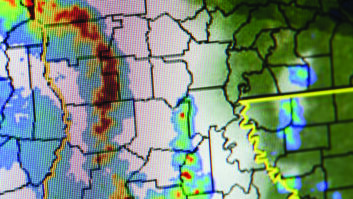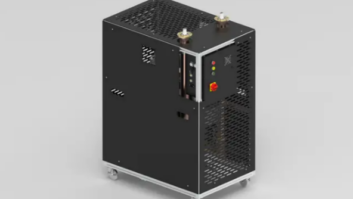In anticipation of this year�s NAB Show, we got in touch with Gary Cavell, of�Cavell Merz & Associates, to learn more about the upcoming �RF Bootcamp-2.0 Applying the Basics� panel.
�
Radio magazine:�You�re presenting in the broadcast engineering conference session titled �RF Bootcamp-2.0 Applying the Basics.� Can you give an overview of the discussion you and your fellow presenters will be tackling for this conference?
�
Cavell:�We are planning on applying some of the information of the earlier boot camps, while being mindful of the need to keep the discussion out of the deeper weeds. In particular, we will talk about some of the actual steps involved in proposing and planning new or changed AM, FM, STL and TV station facilities, and will include information on basic FCC processes, planning factors and practical considerations.�
�
�
Radio:�Your NAB speaker profile says you have a �love for AM antenna arrays.� Can you elaborate? From where does that interest stem?
�
Cavell:This stems from my early interest in Ham Radio, a hobby in which you get to do a lot of �hands on� playing with electronics and antenna systems. Right from the beginning, antenna systems and signal propagation became more and more interesting to me, and that fascination has never diminished. AM antenna systems uniquely hearken back to that early satisfaction since so much of what must be done involves thinking through problems, then hand crafting and tuning circuits that you�ve designed, then achieving an instant real world evaluation of how well you�ve done. It can be immensely satisfying.
�
Radio:You have experience in building RF systems. Can you preview some of the advice or tips you will offer with regards to designing RF plant systems for microwave links and AM, FM and TV stations?
Cavell:�In my view, the RF system is the last piece of the broadcasting signal flow before the signal is launched into the atmosphere. The antenna is your connection to the consumer. Plan the RF system poorly and you will have failed in your ultimate mission as a broadcaster. A good deal of what we plan on presenting will revolve around choosing the right antenna systems in all four disciplines and how they can impact the broadcast signal, for better or for worse.�
Radio:�The Television Spectrum Repack is upon us. Give an example of a practical approach you might recommend for stations to adapt to the pending changes?
�
Cavell:�Broadcasters shouldn�t wait to start planning, both for themselves and with the other stations in their market, especially if they share tower facilities. The success of the repack for all parties has a lot to do with efficient and effective planning. For example, consideration must be given to likely interim operations as main antennas (yours or someone else�s on the tower) are decommissioned and replaced. In instances where sites are shared with or are immediately adjacent to FM stations, they too must be involved in the discussion since they may have to suspend or relocate operations while workers are on the tower.�
�
Radio:�What do you anticipate will be the most significant technology trend at the 2016 NAB Show?
Cavell:�In an industry as diverse as broadcasting, it is hard to point to one particular trend, but I would expect that the continuing development of IP connected devices on the television side, as the radio industry seems to have it mostly figured out. Obviously, the advances of ATSC 3.0 will begin to make a large impact on TV broadcasting as the standard advances and more equipment is developed.�
�
�
Radio:On a lighter note, you�re a private pilot. Care to share any stories in that regard? Have you seen any cool sights lately?
Cavell:Pilots are like fishermen� we all have lots of stories, and some of them are even true. But the best part is the amazing feeling of freedom you feel as the plane lifts off. Having the opportunity to fly is a wonderful experience, and I particularly enjoy gently introducing people to the wonders of flight, and helping them realize that they too can do this. Some of the best moments are the quiet ones, such as seeing a sunset from a high altitude as the last rays of the day wink out over a mountain, or flying through clouds, or spotting a shooting star when you are high above the thicker layers of the atmosphere � hey look almost close enough to touch.�












